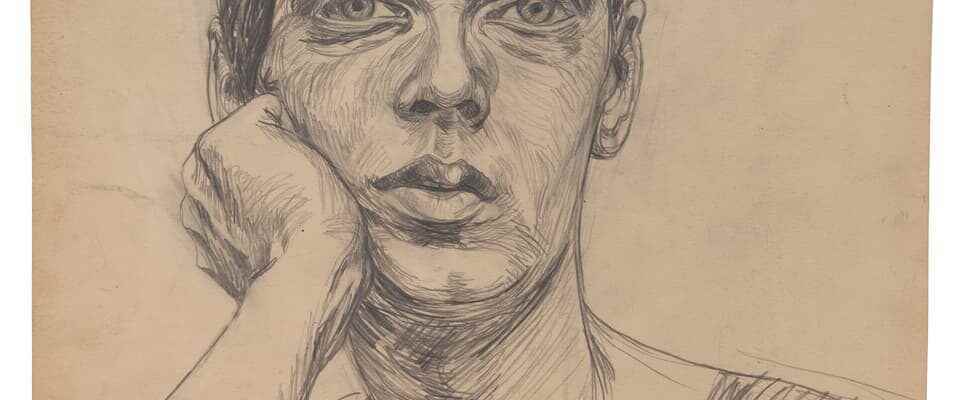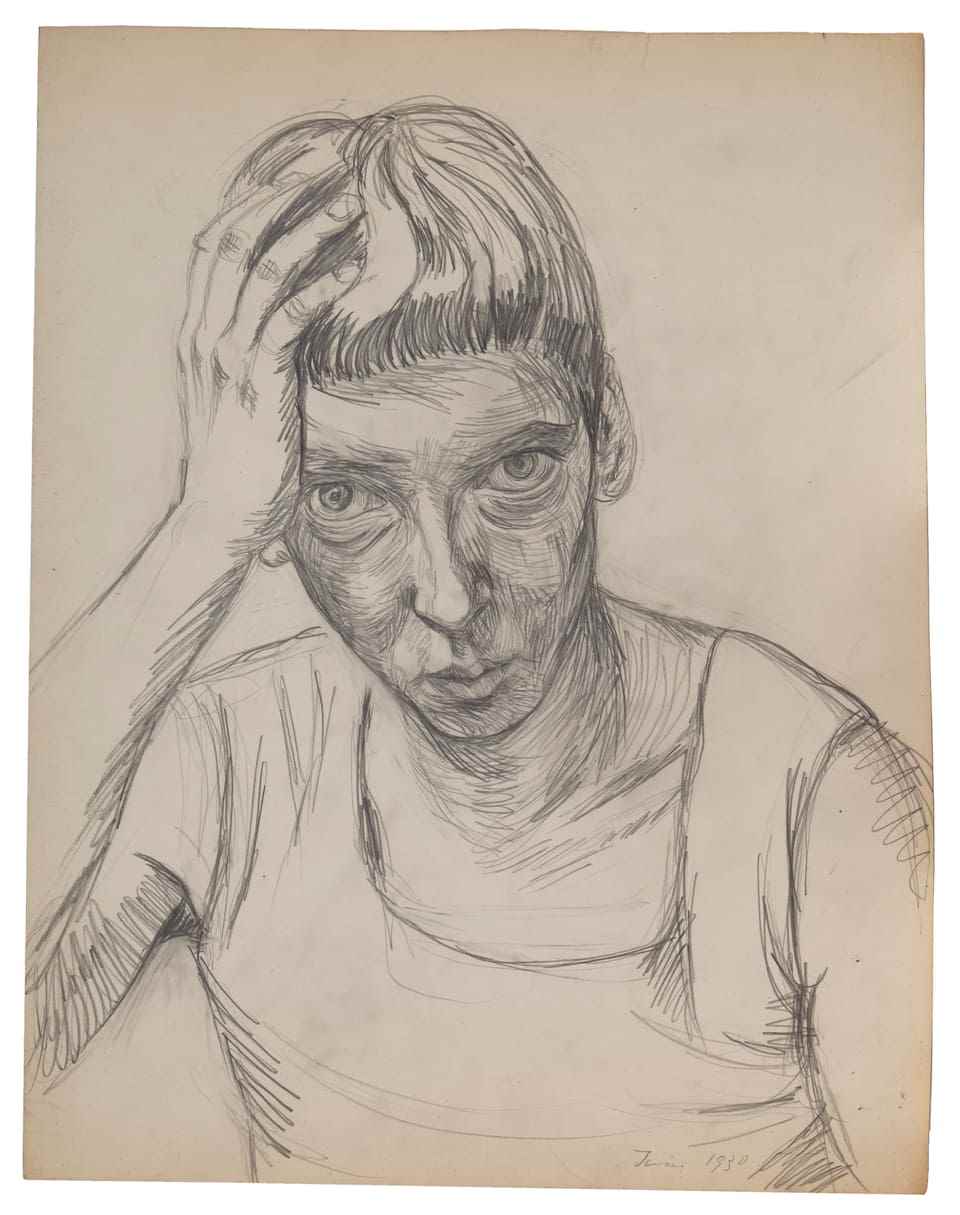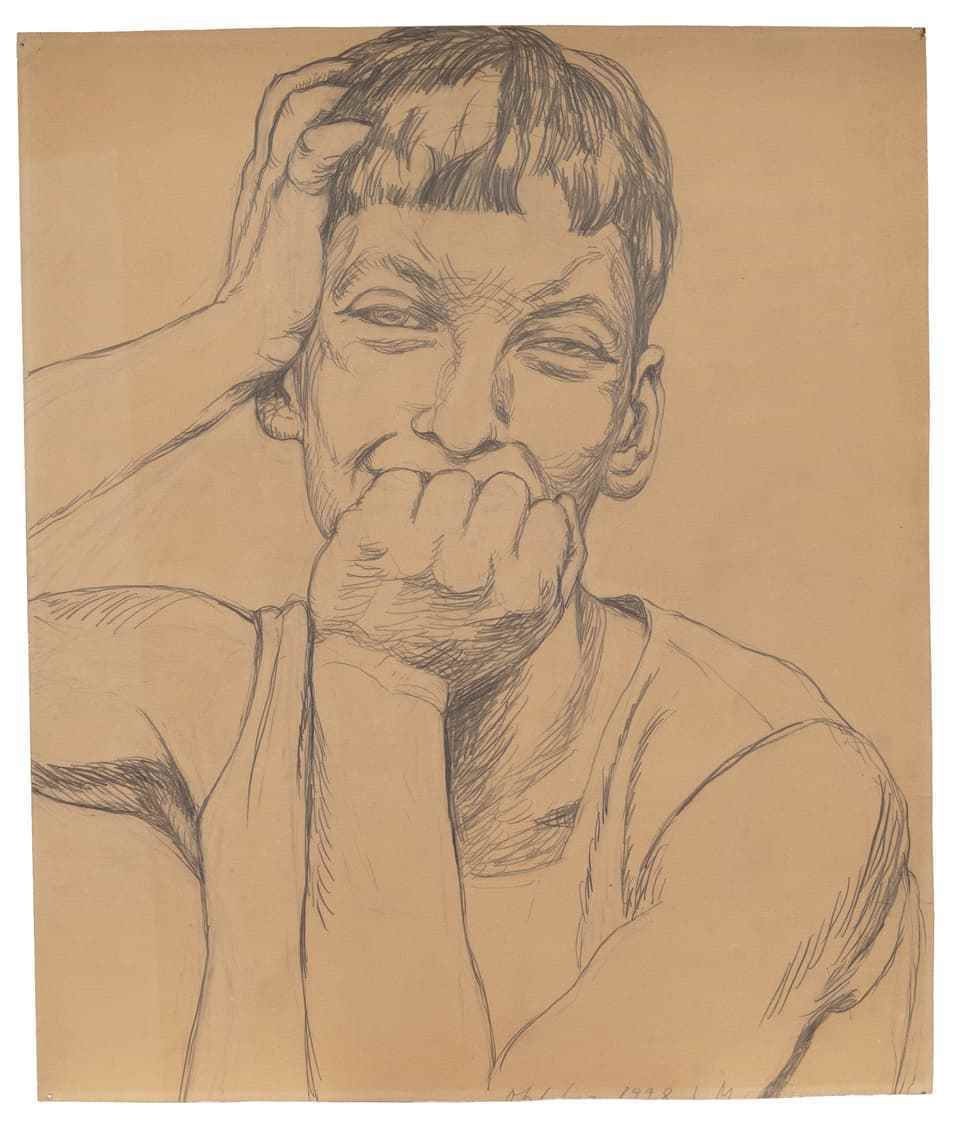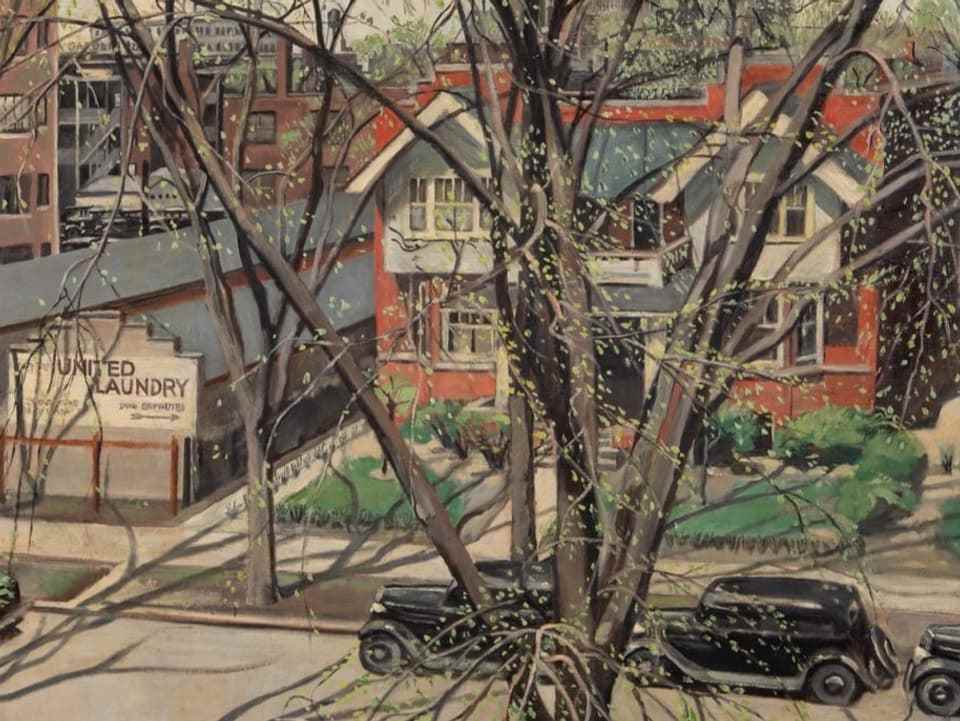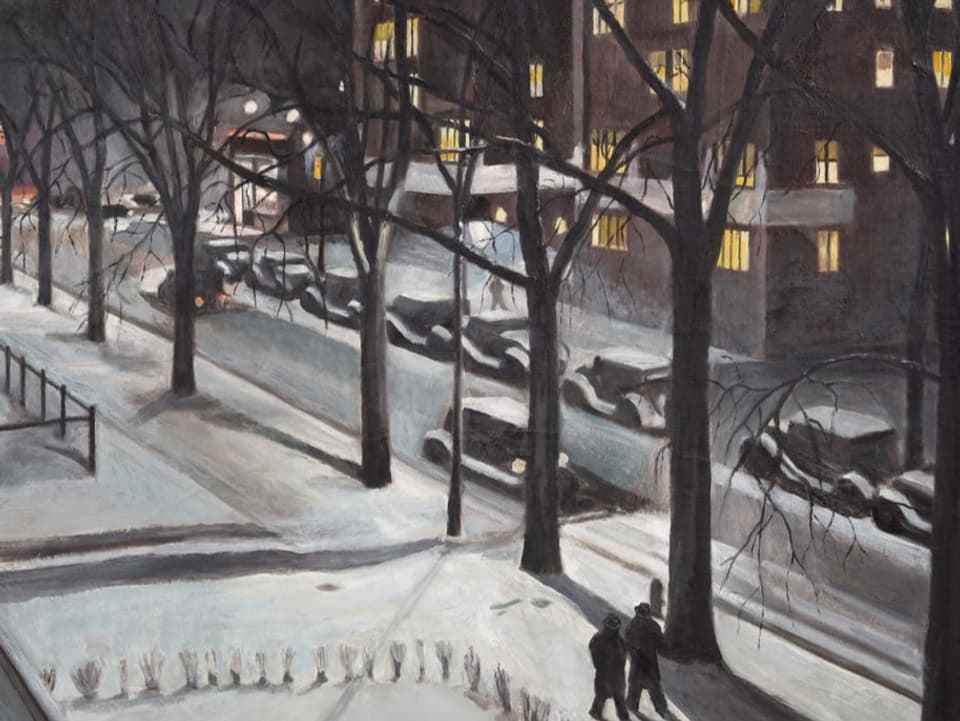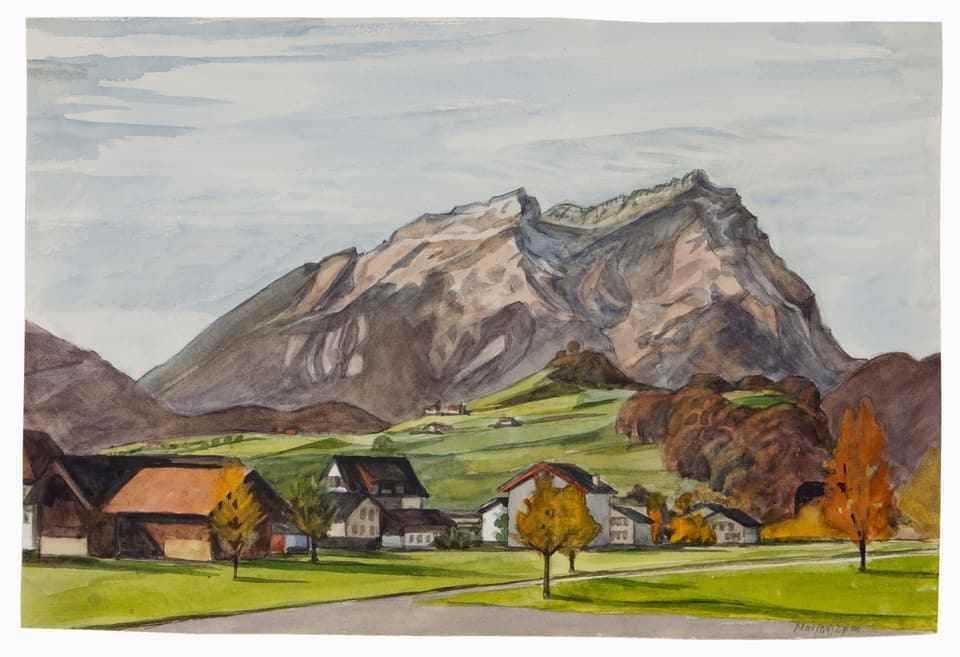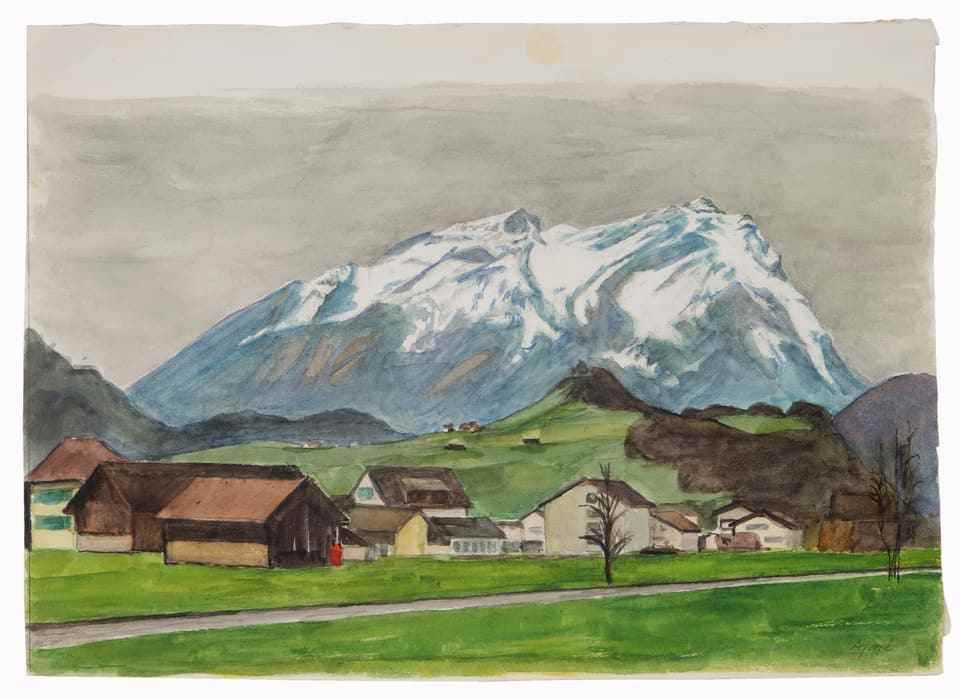contents
The Nidwaldner Museum is rediscovering an exciting artist. Over 300 of her works were stored quietly in the archive rooms.
The big eyes, the intense, direct look and the short haircut: the portraits of the young Liselotte Moser show a modern woman. The pictures were taken around 1930. “Your self-portraits have an incredible freshness and something very contemporary,” says Jana Bruggmann, curator of the Nidwaldner Museum. “You could also find her at an art school as the final work of a contemporary artist.”
Like all of Liselotte Moser’s work, the impressive portraits have fallen into oblivion in the archives of the Nidwalden Museum. Thanks to Jana Bruggmann, the museum’s curator, they were excavated and are now being shown in an exhibition in the Winkelriedhaus in Stans.
The curator happened to come across a picture of the artist in the museum’s collection. The name Liselotte Moser meant nothing to her and she began to research. A fascinating biography of a forgotten artist who lived between Lucerne, Detroit and Stans came to light.
career in America
Liselotte Moser was born in Lucerne in 1906. In 1911 she contracted polio and from then on was tied to a walking stick all her life. Her dream was to lead a life as an artist, so she studied in Vienna, among other places. At the age of 21, Liselotte Moser followed her mother Adèle Coulin Weibel to America. Her mother had been appointed first curator of the newly established Textile Department at the Detroit Institute of Arts.
It was a wonderful time for her, during which she received a lot of recognition.
Moser’s career as an artist took off in Detroit. “It was a wonderful time for her, during which she received a lot of recognition and was able to cultivate a good network,” says Jana Bruggmann. Her pictures often show the view out of the window. “Because she wasn’t very mobile due to polio, the view out of the window from different perspectives offered itself as a motif.”
Liselotte Moser lived in Detroit for 38 years. With the death of his mother, his time in America came to an abrupt end. The artist decided to return to Switzerland at the age of 58. A drastic decision: while there was a major retrospective of her work in Detroit when she left, from then on she lived an unnoticed life as an artist in Switzerland.
Largely unnoticed in Switzerland
Liselotte Moser ended up in rural Stans, where she struggled with the fact that she was hardly noticed as an artist in Switzerland. But: «Liselotte Moser was no longer the youngest. It wasn’t easy back then to build an artistic career in a new place at that age,” explains Jana Bruggmann. Nevertheless, she continued to paint – again with the view out of the window. Pilate was her most popular motif.
In Stans, Liselotte Moser lived a fairly secluded life. She wasn’t lonely though. During her research for the exhibition, Jana Bruggmann was able to talk to contemporary witnesses and through them also found postcards, letters and diaries of the artist: “She was in contact with the neighborhood and taught the children chess, for example.” And: She didn’t completely abandon American customs either. Apparently she let herself be addressed as “Miss Moser” and maintained many acquaintances at home and abroad until her death in 1983.
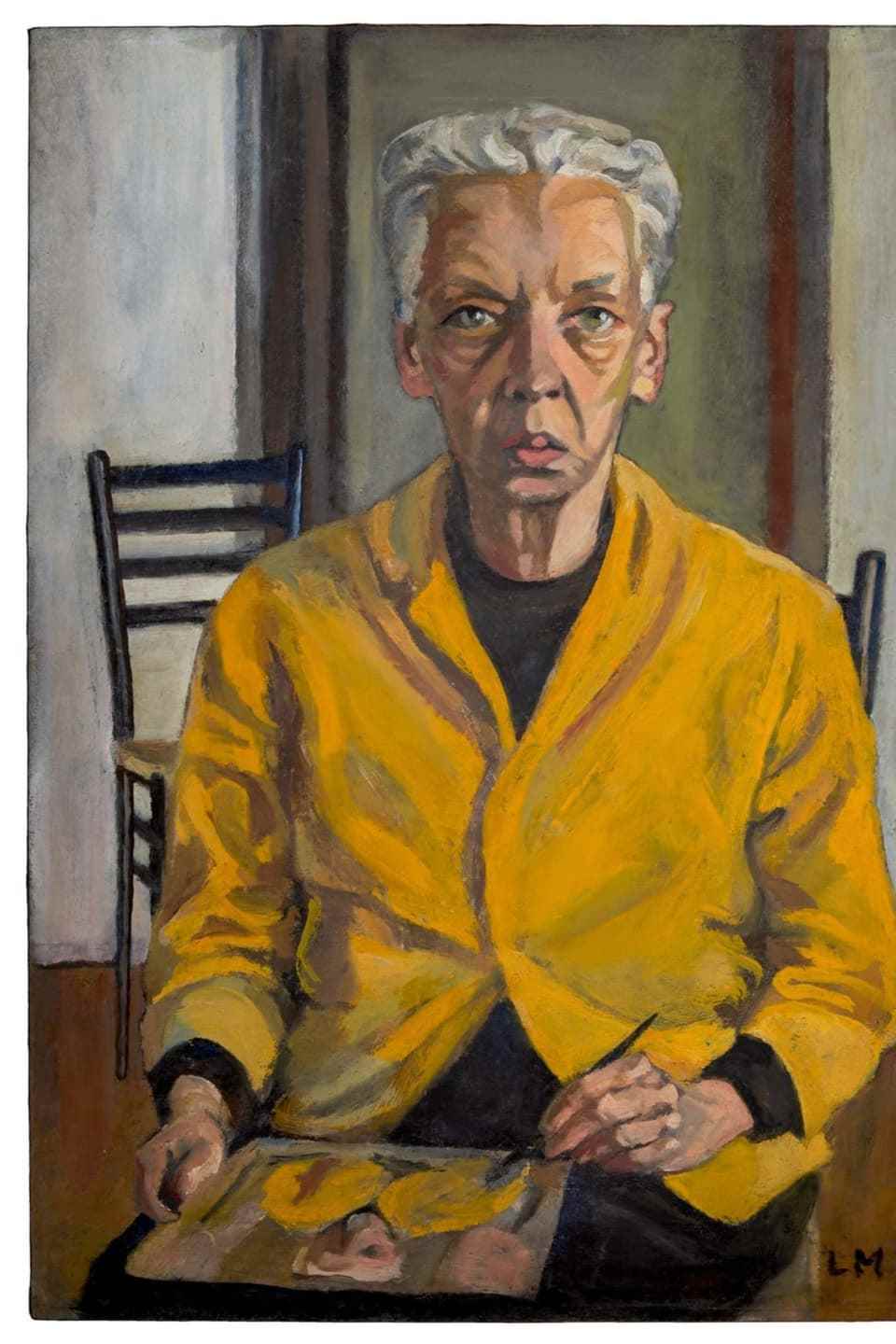
Legend:
In 1976 Liselotte Moser painted her last self-portrait in oil on canvas.
Nidwaldner Museum/Christian Hartmann
With the exhibition in Winkelriedhaus in Stans wants to make up for the missed recognition of the artist Liselotte Moser posthumously.
